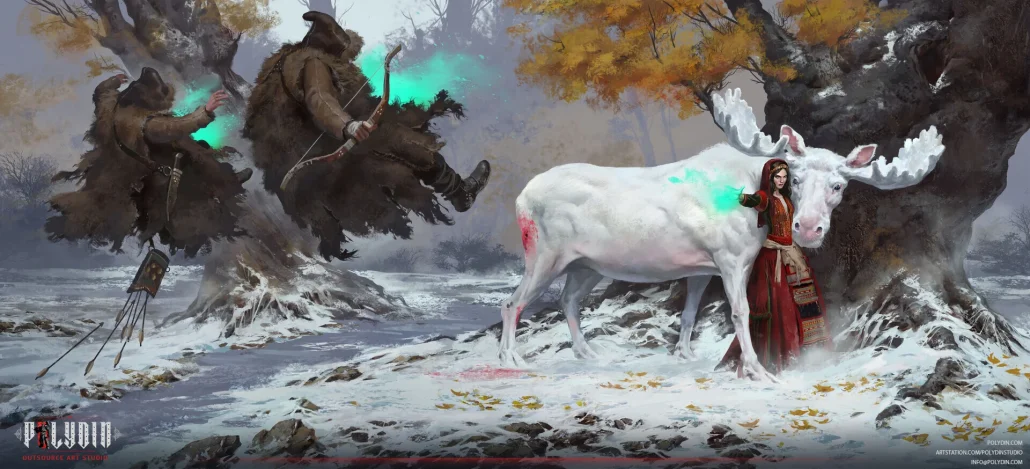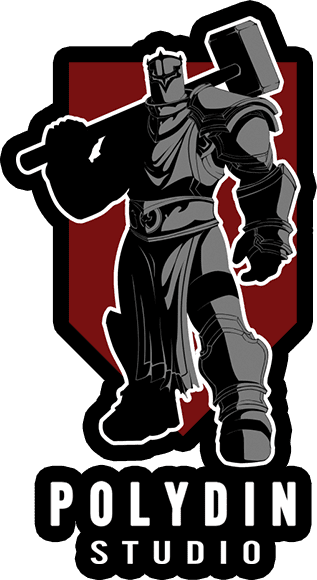In the world of entertainment and gaming, character design plays a crucial role in bringing the story to life. However, the terms character designer vs concept artist are often used interchangeably, leading to confusion about their roles and responsibilities. While both professionals are involved in the creative process of character design, their tasks and skill sets differ significantly. Let’s explore the differences between character designer vs concept artist, their respective roles, and how they work together to bring characters to life.
Who is a Character Designer?
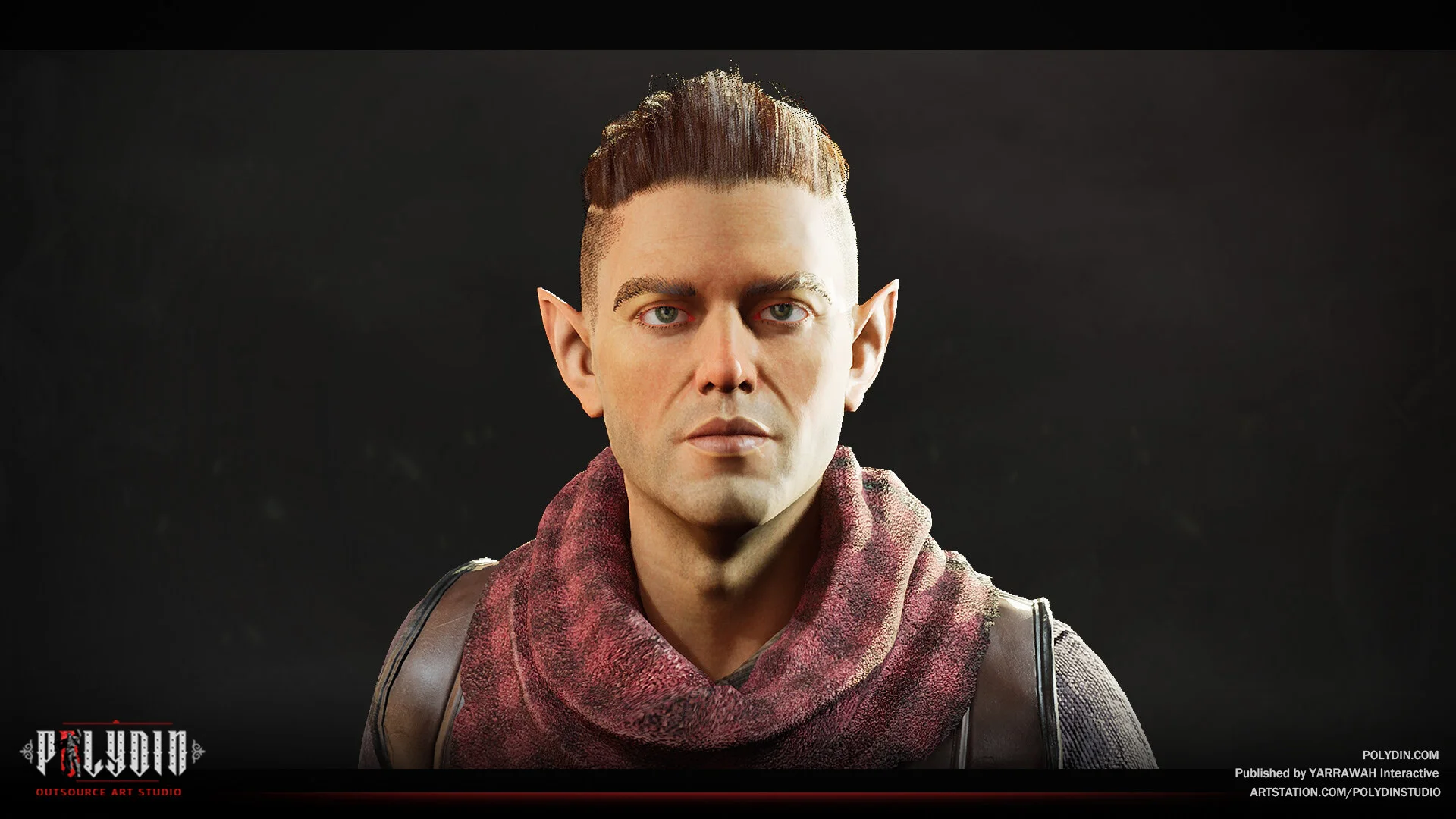

A professional character designer creates and designs characters for various mediums, including video games, films, animations, and comic books. They are responsible for bringing a character to life through visual representation by developing the character’s appearance, personality, and backstory. Character designers collaborate with writers, animators, game developers, and other artists to ensure the character design aligns with the project’s vision.
Read more: How to Become a Better Character Artist
Who is a Concept Artist?
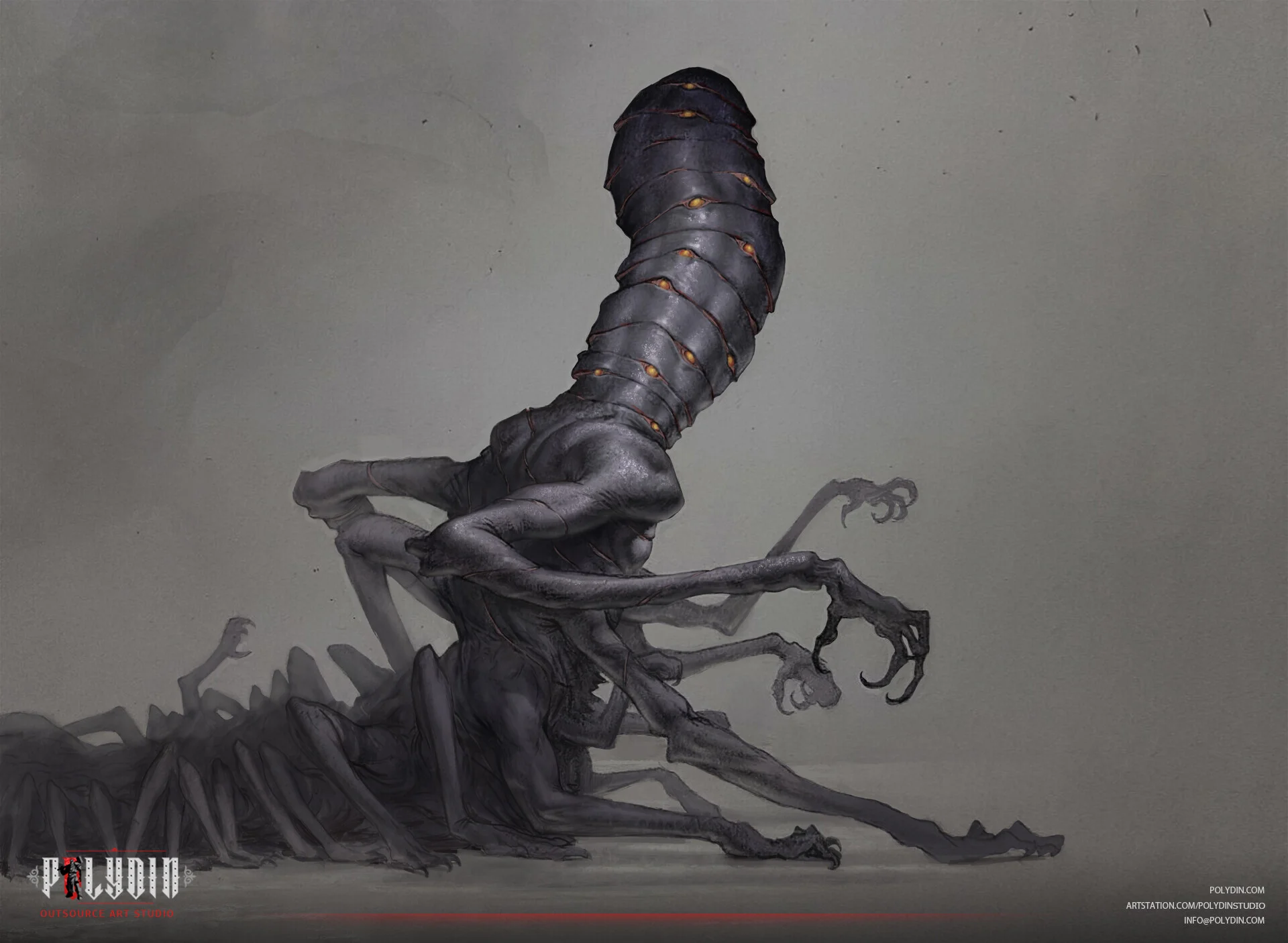

A concept artist is a professional who works on the visual design and creation of characters, environments, props, and other elements for various forms of media, such as video games, films, animation, and television shows. A concept artist generates and presents visual ideas and concepts that meet the project’s art direction and narrative requirements. They collaborate with the creative team, including writers, game designers, and art directors, to develop a visual language that aligns with the project’s overall vision. The role of a concept artist is essential in establishing the look and feel of a project and ensuring that the team’s efforts are coherent and consistent.
Read more: Concept Art Studio
What Does a Character Designer Do?
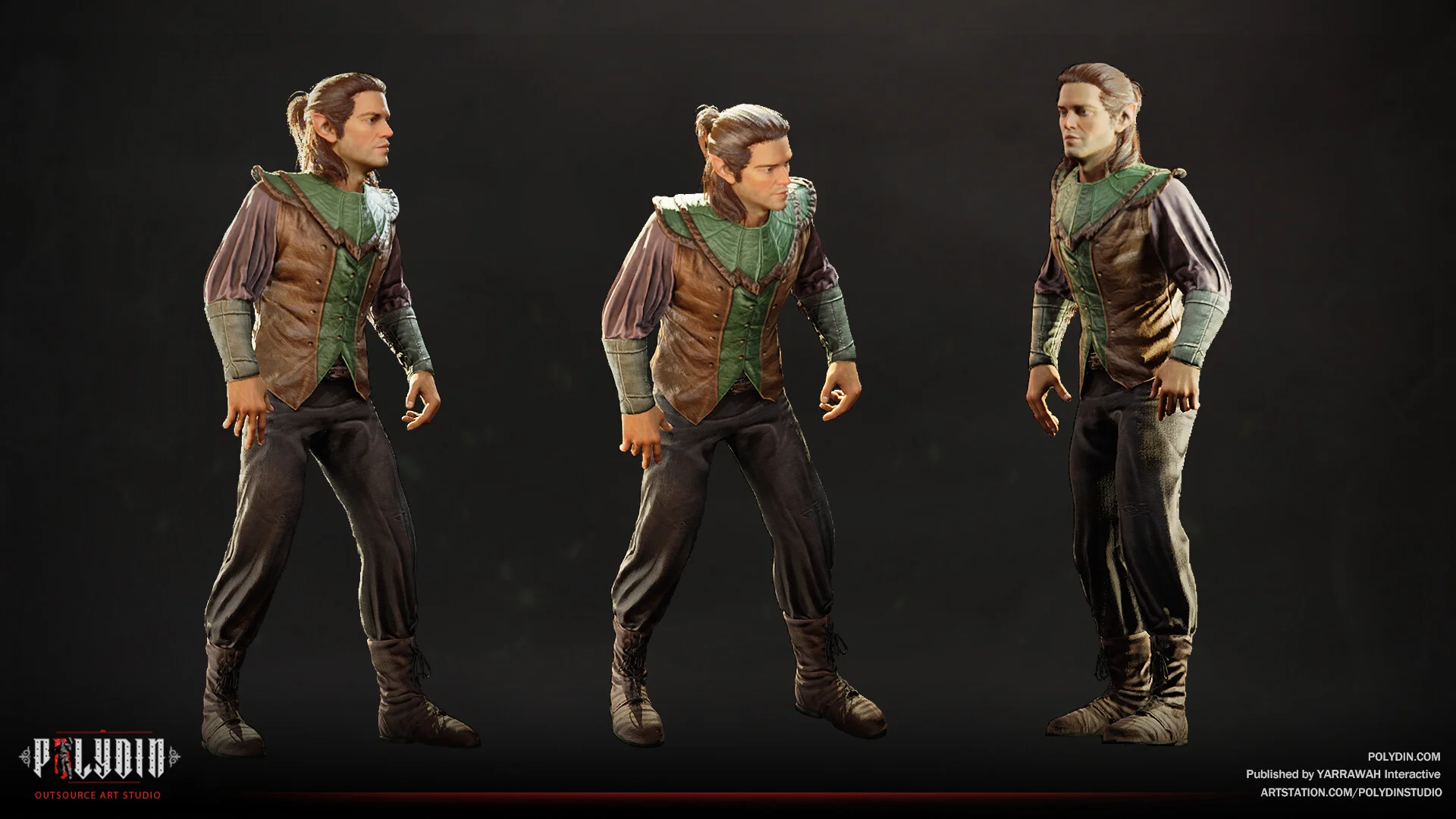

The duties of a character designer can include developing the character’s appearance, clothing, and accessories and defining their personality and backstory. They must understand human anatomy, colour theory, and design principles to create a compelling and unique character.
In addition to creating the character’s appearance, character designers may need to create turnaround sheets showing the character from different angles and expressions. These sheets are essential for animators, 3D modelers, and other team members involved in bringing the character to life.
Overall, a character designer’s goal is to create a visually appealing and memorable character that enhances the project’s overall storytelling.
Why Does a Character Designer Need 3D?
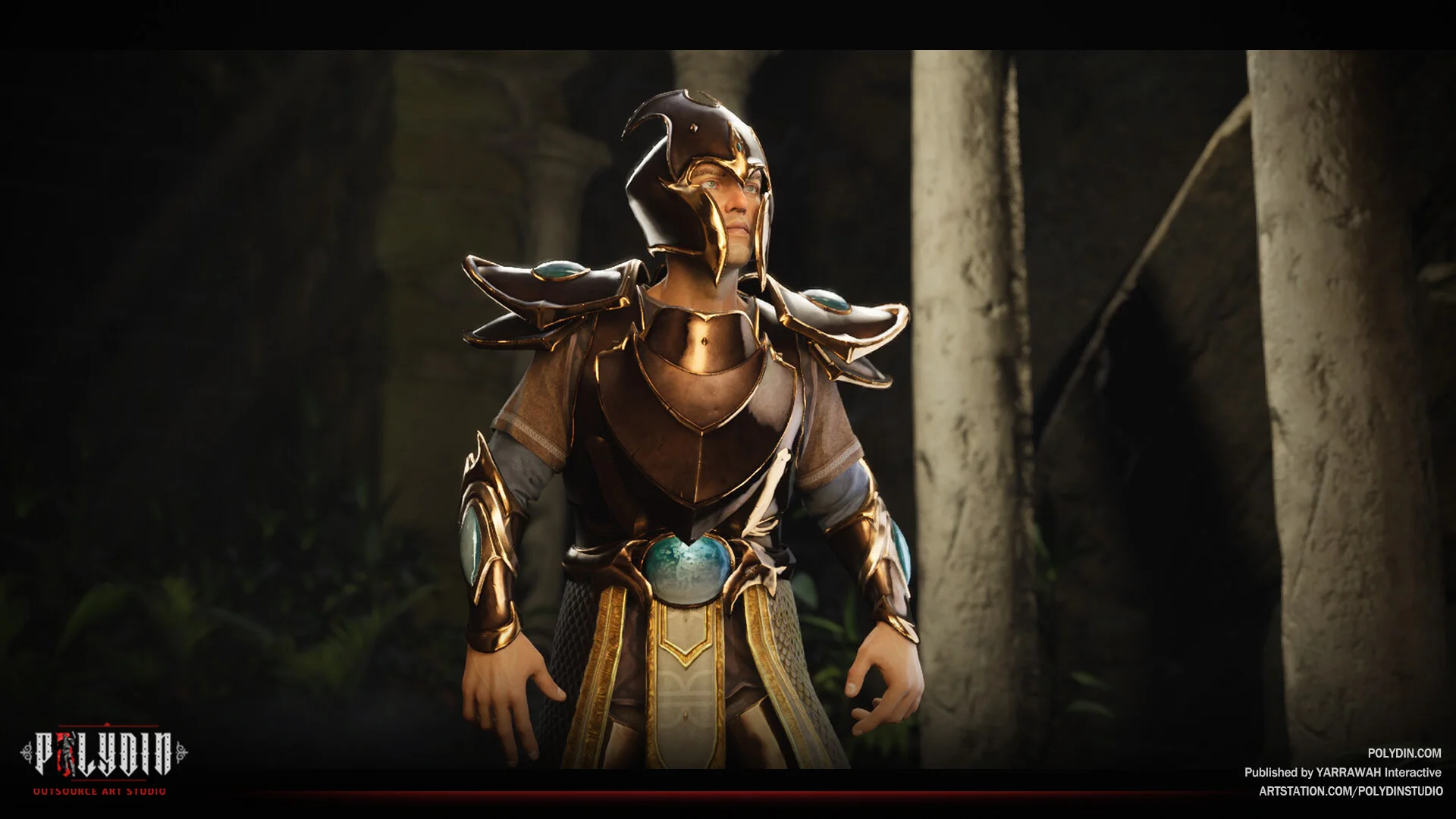

Both character designer vs concept artist can benefit from using 3D software in their work. By creating 3D models of the character concept, designers can visualize and manipulate it from different angles, allowing them to identify design flaws or inconsistencies early in the design process. In addition, 3D models can be a helpful reference for other team members, such as animators or game developers, who may need to work with the character in a 3D space.
3D software also allows character designers to experiment with more complex designs, allowing them to test different versions of the character’s features, proportions, and poses. This can result in more intricate and dynamic characters that are well-suited to the specific project they are working on.
Ultimately, incorporating 3D software into character design can benefit both the character designer and concept artist, allowing for more accurate, detailed, and versatile characters better suited for the production process.
How to Create Character Concept Art?
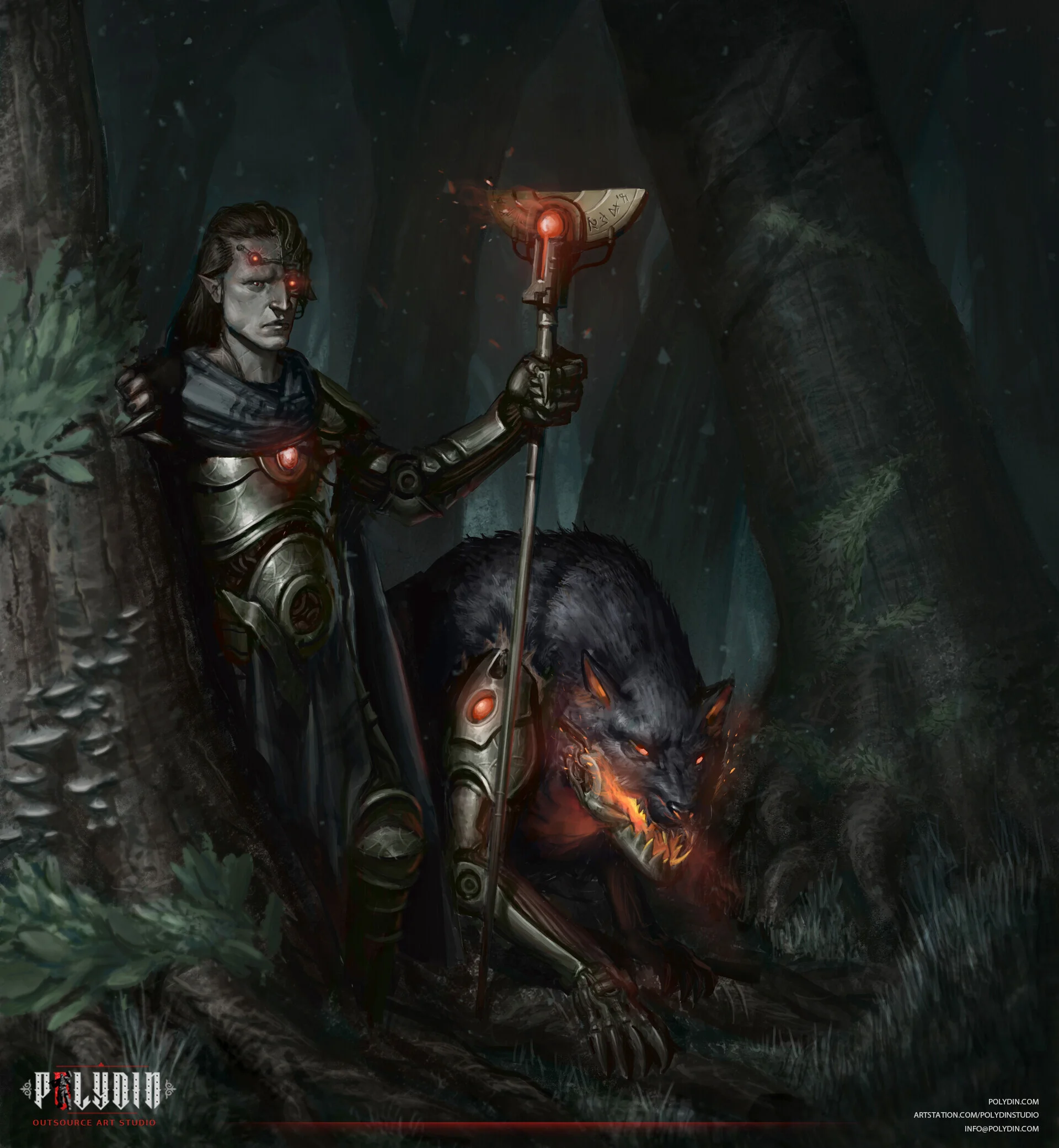

When it comes to creating character concept art, there are different roles and approaches. One of the main distinctions is between the character designer vs concept artist. The former focuses on designing the visual appearance and features of the character, including costumes, accessories, and overall style. On the other hand, the latter is responsible for developing the initial idea or concept of the character, which includes their backstory, personality, and motivations. Despite these differences, the character designer vs concept artist works together to bring a compelling and visually appealing character to life. They may follow several common steps and techniques, such as sketching, rendering, and refining the character’s details until they are satisfied with the final result.
Research and gather inspiration
Before starting, research the type of character you want to create and gather inspiration from various sources like movies, games, comics, and art books.
Sketching and ideation
Use sketching to brainstorm and explore different ideas for your character. Sketches can be done traditionally or digitally using software such as Photoshop or Procreate.
Creating a mood board
A mood board is a collection of images, colors, and textures that inspire your character’s design.
Creating a rough sketch
Once you have a solid concept, create a rough sketch of the character with basic details such as facial features, body shape, and costume design.
Refining the sketch
Refine the sketch by adding more details and exploring different poses and angles.
Creating a final rendering
Create a final rendering of the character by adding color, texture, and lighting. This can be done using digital software or traditional media like watercolor or markers.
Presentation
Present your final concept art to your team or client for feedback and revisions. Creating character concept art requires a combination of creativity, research, and technical skills. Having a strong foundation in drawing and design principles and a good understanding of anatomy and perspective is important.
What’s the difference between concept art & illustration?
Concept art and illustration are both forms of visual storytelling, but they serve different purposes and are executed differently.
- Concept Art: Concept art is created during the early stages of development to visualize ideas and concepts for characters, environments, props, and other elements of a project. It focuses on exploring and conveying the visual direction, mood, and style of a game, film, animation, or other creative project. Concept artists often work closely with art directors, designers, and writers to brainstorm ideas and develop the visual identity of the project. Concept art may be rough and sketchy or highly detailed, depending on the stage of development and the specific requirements of the project.
- Illustration: Illustration, on the other hand, is a finished artwork created to accompany or enhance a story, article, book, advertisement, or other form of media. Unlike concept art, which is primarily used for exploration and ideation, illustration is intended for final presentation and often has a specific narrative or message to convey. Illustrators focus on composition, lighting, color, and other artistic elements to create engaging and expressive visuals that evoke emotion and capture the viewer’s attention. Illustrations may be traditional (e.g., hand-drawn or painted) or digital, and they can vary widely in style and technique.
In summary, while concept art explores and visualizes ideas during the early stages of development, illustration delivers finished artwork that communicates a specific narrative or concept to the audience.
What is the difference between a concept artist and visual development?
While concept artists and visual development artists share similarities in their roles, there are distinct differences in their responsibilities and areas of focus within the creative process.
- Concept Artist: A concept artist is responsible for generating visual ideas and concepts that help define the overall look and feel of a project. They work closely with art directors, designers, and other members of the creative team to brainstorm and develop concepts for characters, environments, props, vehicles, and other elements. Concept artists often produce sketches, digital paintings, and mood boards to explore different visual directions and establish the artistic vision of the project.
- Visual Development Artist: Visual development artists (sometimes referred to as visdev artists) play a broader role in shaping the visual style and narrative of a project. They are involved in designing and developing key aspects of the project’s visual identity, including characters, environments, color palettes, lighting schemes, and overall art direction. Visual development artists collaborate closely with directors, writers, and other creatives to ensure that the visual elements of the project are cohesive and aligned with the story and themes. Their work encompasses both concept art and pre-production artwork, and they may also contribute to storyboarding, set design, and other aspects of the visual development process.
In essence, while concept artists focus on generating visual concepts and ideas, visual development artists take a more holistic approach to shaping the visual direction and narrative of a project.
Concept Artist Tasks
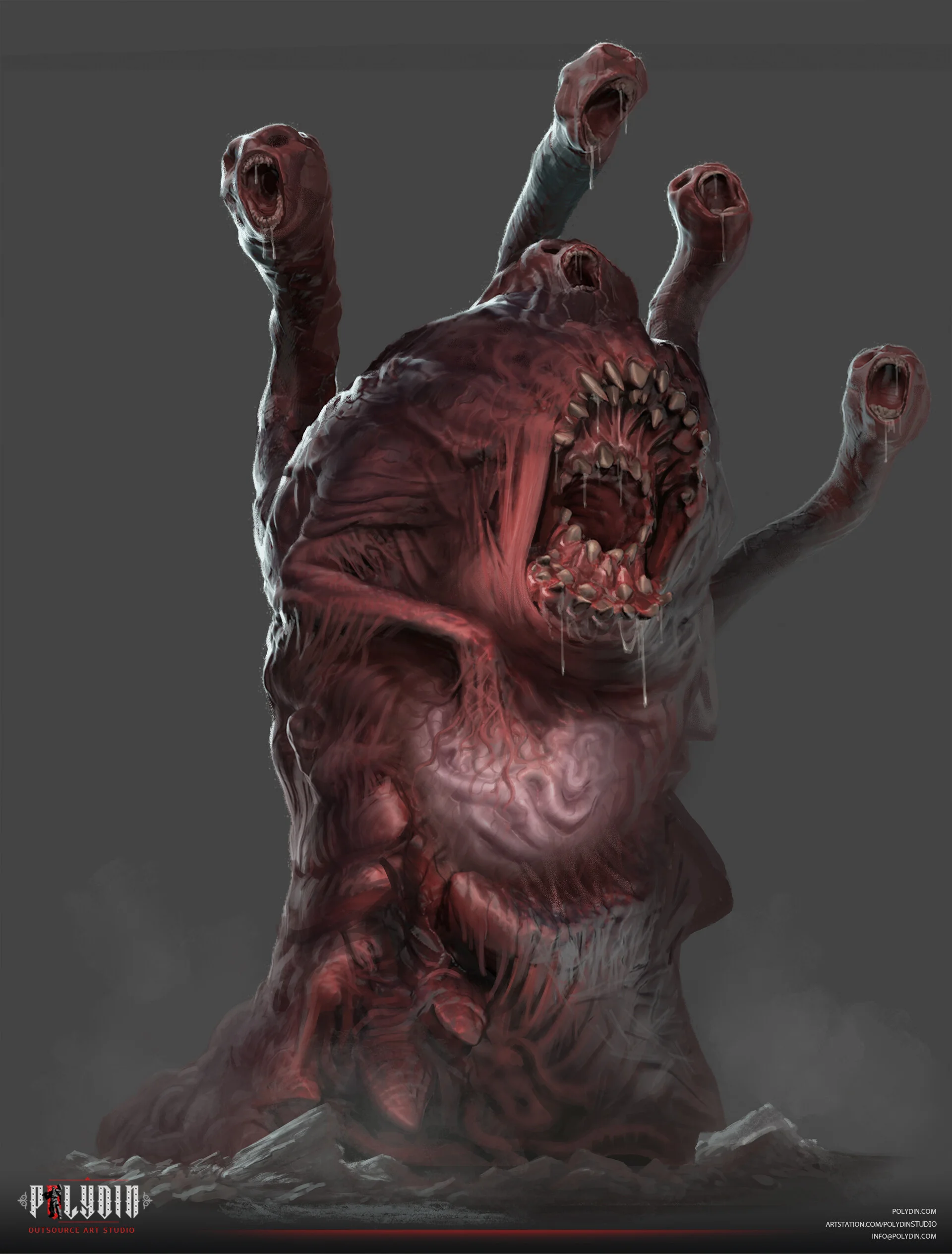

Concept artists are responsible for creating visual representations of characters, creatures, environments, and objects that will be used in various media, including video games, films, and TV shows. Here are some of the tasks that concept artists typically perform:
- Brainstorming and ideation: Concept artists collaborate with the creative team to generate and develop ideas for characters and environments. They sketch and present initial concepts for approval and feedback.
- Research: They research and gather information on the themes, settings, and characters of the project they are working on. They also research historical, cultural, and scientific references to inform their designs.
- Sketching and rendering: Concept artists create detailed sketches and digital paintings to visualize and communicate their ideas to the rest of the team. They use traditional and digital tools such as pencils, paper, Photoshop, and Procreate to create high-quality concept art.
- Collaboration: Concept artists work closely with other members of the creative team, including art directors, designers, and animators, to ensure that their designs align with the project’s overall vision and style.
- Iteration and feedback: Concept artists incorporate feedback from the team and make necessary changes to their designs to improve them. They also work on multiple versions of their designs until the final product is approved.
- Documentation: Concept artists document and archive their work for future reference and use in promotional materials.
Concept artists play a critical role in the creative process, as their designs serve as the foundation for the final characters, environments, and objects that will be used in the project.
Character Designer Tasks
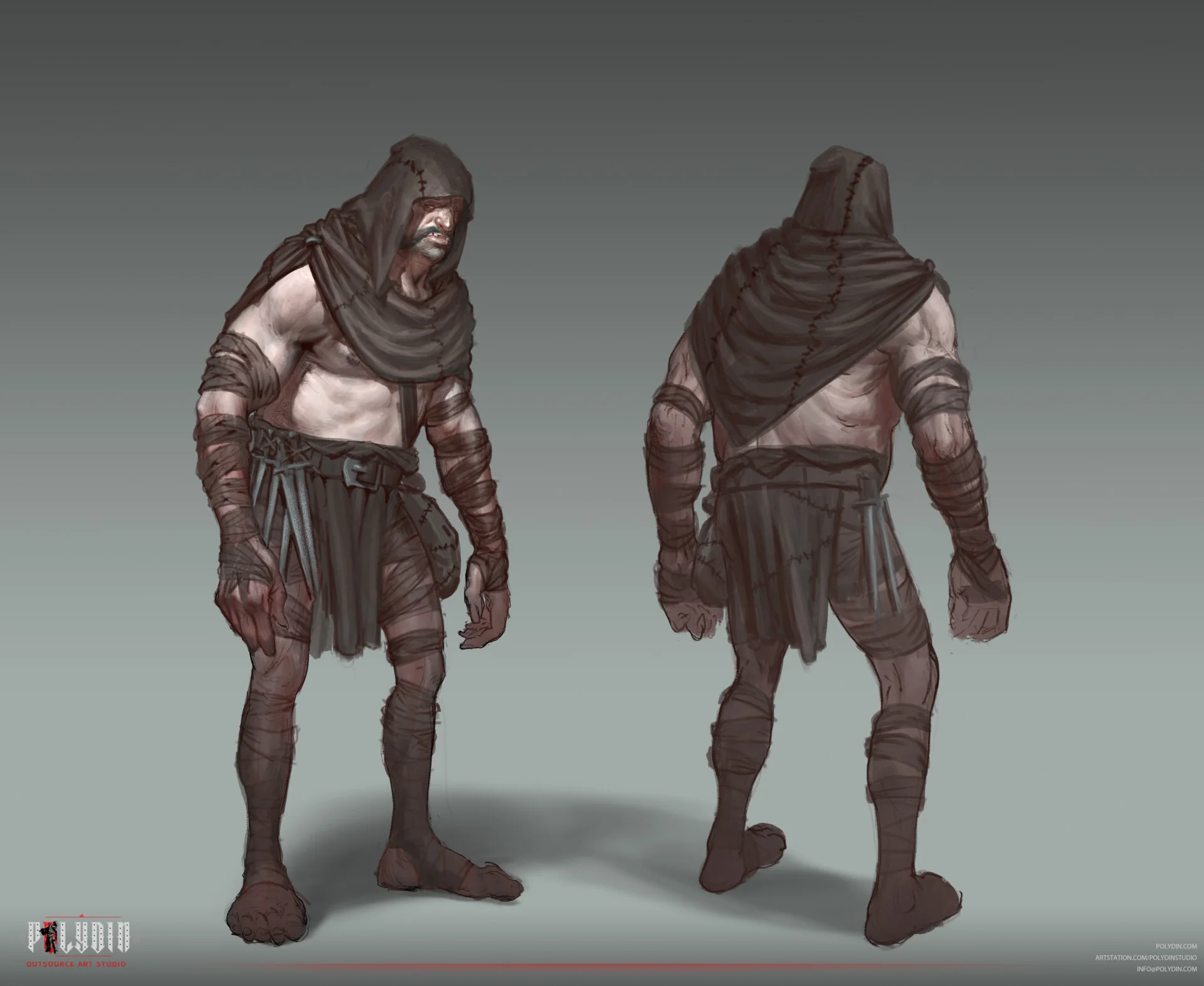

Character Designer Tasks involve designing and creating a character’s physical appearance for a particular purpose, such as a video game, animation, or film. Here are some of the common tasks of a character designer:
- Research and Analysis: Before starting the character design process, a character designer must understand the client’s needs, the target audience, and the overall project requirements. They also research the existing designs and references related to the character to create a unique and innovative design.
- Sketching and Ideation: After gathering information and analyzing the requirements, a character designer creates rough sketches of the character’s appearance, including the costume, accessories, and facial features. They experiment with different shapes, colors, and styles until they find the best design that suits the project’s needs.
- Digital Rendering: Once the initial sketches are approved, the character designer creates digital renderings using specialized software like Photoshop, Illustrator, or Sketchbook Pro. They add details like textures, lighting, and shadows to make the character design more realistic and visually appealing.
- Collaboration: A character designer often works closely with other members of the design team, including the concept artist, art director, and 3D modeler, to ensure that the character design is consistent with the overall vision of the project.
- Feedback and Revision: A character designer receives feedback from the client, the art director, and other stakeholders and makes necessary changes to the design to meet their requirements.
- Documentation: A character designer creates documentation like style guides, reference sheets, and model sheets to ensure the character design is consistent throughout the project.
A character designer is responsible for creating a visually appealing and memorable character design that meets the project’s needs and captures the audience’s attention.
Final Words
While there may be some overlap in the roles and responsibilities of character designer vs concept artist, there are also distinct differences between the two. Concept artists focus more on a project’s initial ideation and visual development, while character designers turn those concepts into fully realized 3D models. Both roles require a strong understanding of art fundamentals, a creative eye, and the ability to work collaboratively with other members of a team. Ultimately, whether someone is drawn to concept art or character design depends on their strengths and interests. Both are vital parts of the game and entertainment industries, and it’s exciting to see the amazing work of the talented individuals filling these roles.

